Regenerative Gardening: How it Works
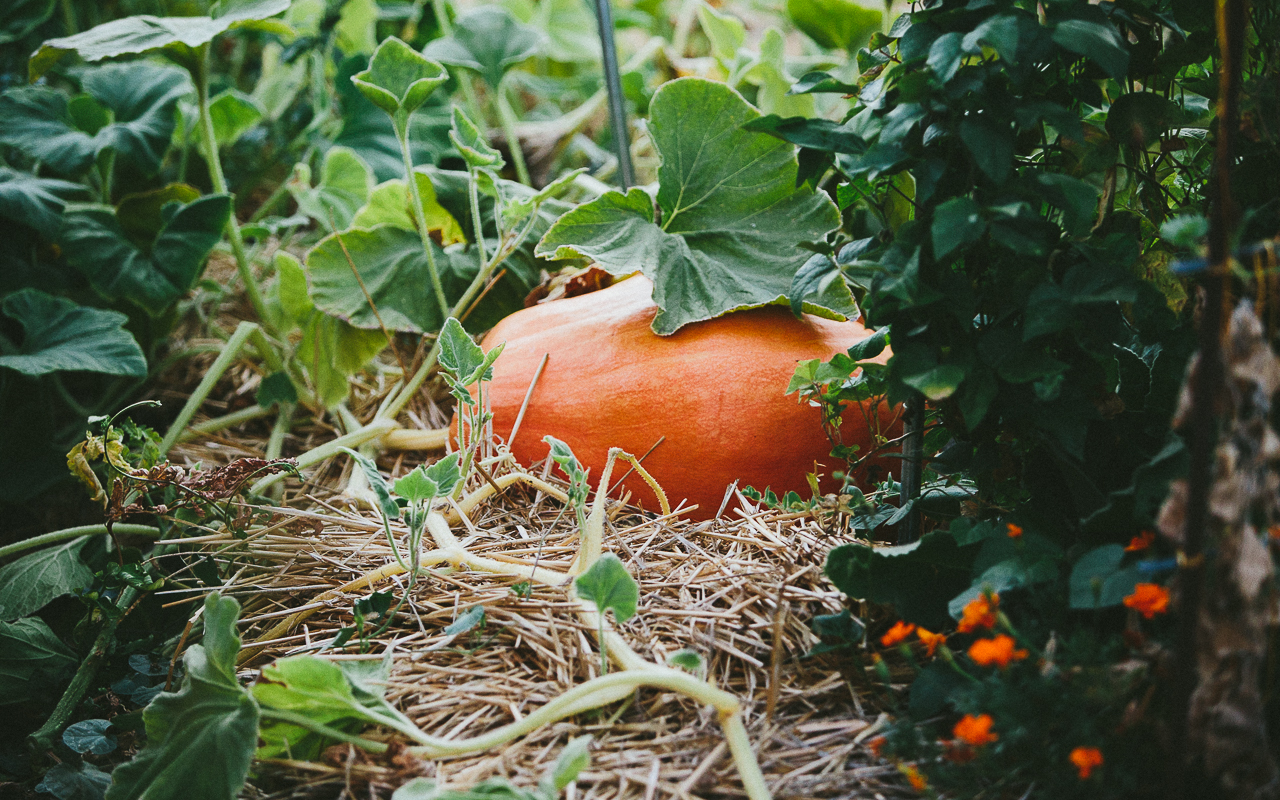

Photo by Emily Murphy
Regenerative gardening scales practices common in regenerative farming. But what does this mean and how does it work?
Regenerative Organics for Home Gardens and Cityscapes
You may have heard the term “regenerative” floating around on the airwaves. It’s the latest buzzword in the sustainability world and it’s often referenced in conversations revolving around regenerative organic agriculture. It’s also the central theme in the film Biggest Little Farm and the Kiss the Ground movie. (If you haven’t seen Biggest Little Farm, I highly recommend it.)
At its core, regenerative organics is a set of nature-based practices that work in concert with ecological systems, such as the carbon cycle, food webs, and growing spaces.
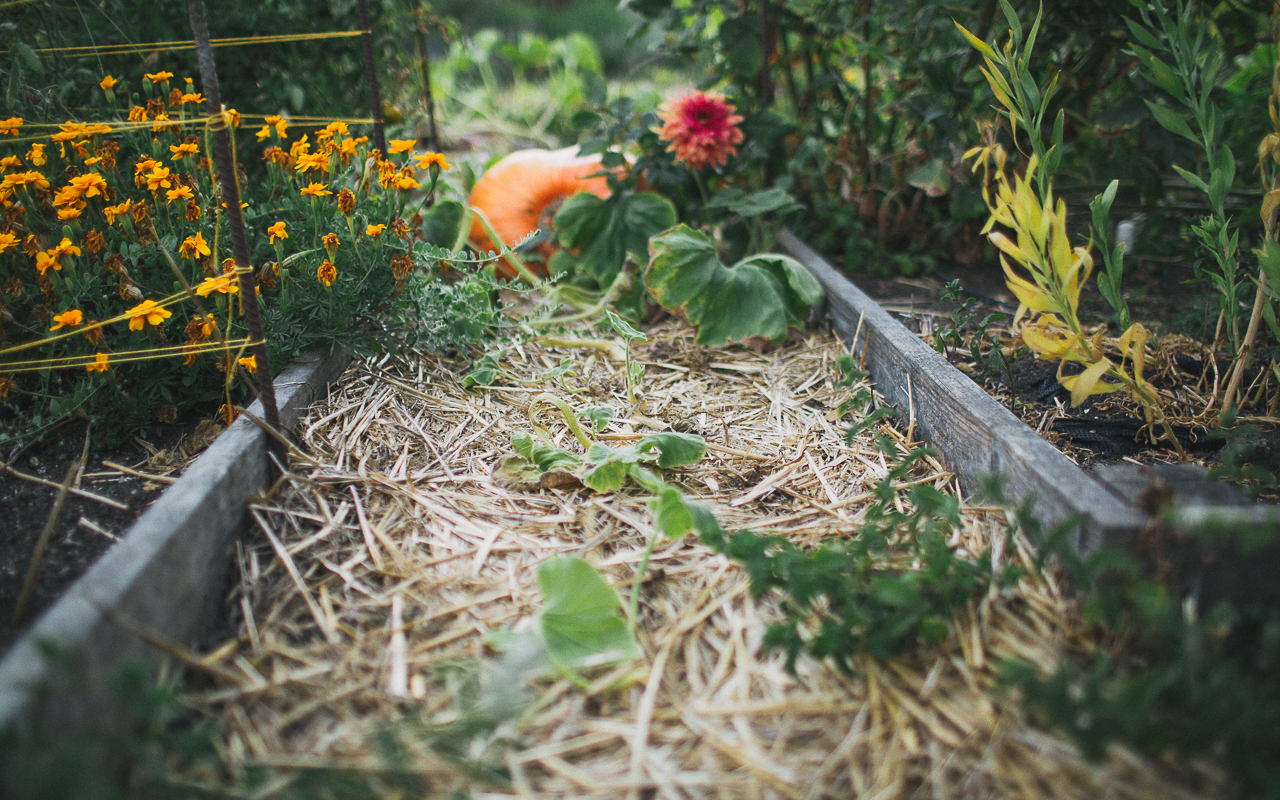
Photo by Emily Murphy
Basics of Regenerative Organics
- Feed and protect soil.
- Foster and celebrate biodiversity.
- Increase ecosystem and community resiliency by working with nature.
- Integrate livestock (at the farm scale).
- Create safe and healthy working environments (at the farm scale).
It Starts with Carbon
Before diving into the best practices of regenerative gardening, let’s back up for a moment. First, to understand regenerative gardening, we need to rethink our relationship to carbon.
Carbon has a bad rap thanks to its ever-increasing presence in the atmosphere, but what we forget is that carbon is an essential building block of life. (All living things contain carbon.) It’s also important to remember that carbon’s primary home is in the ground. And! When we feed carbon to the soil, we’re feeding the soil ecosystem which in turn provides a number of benefits.
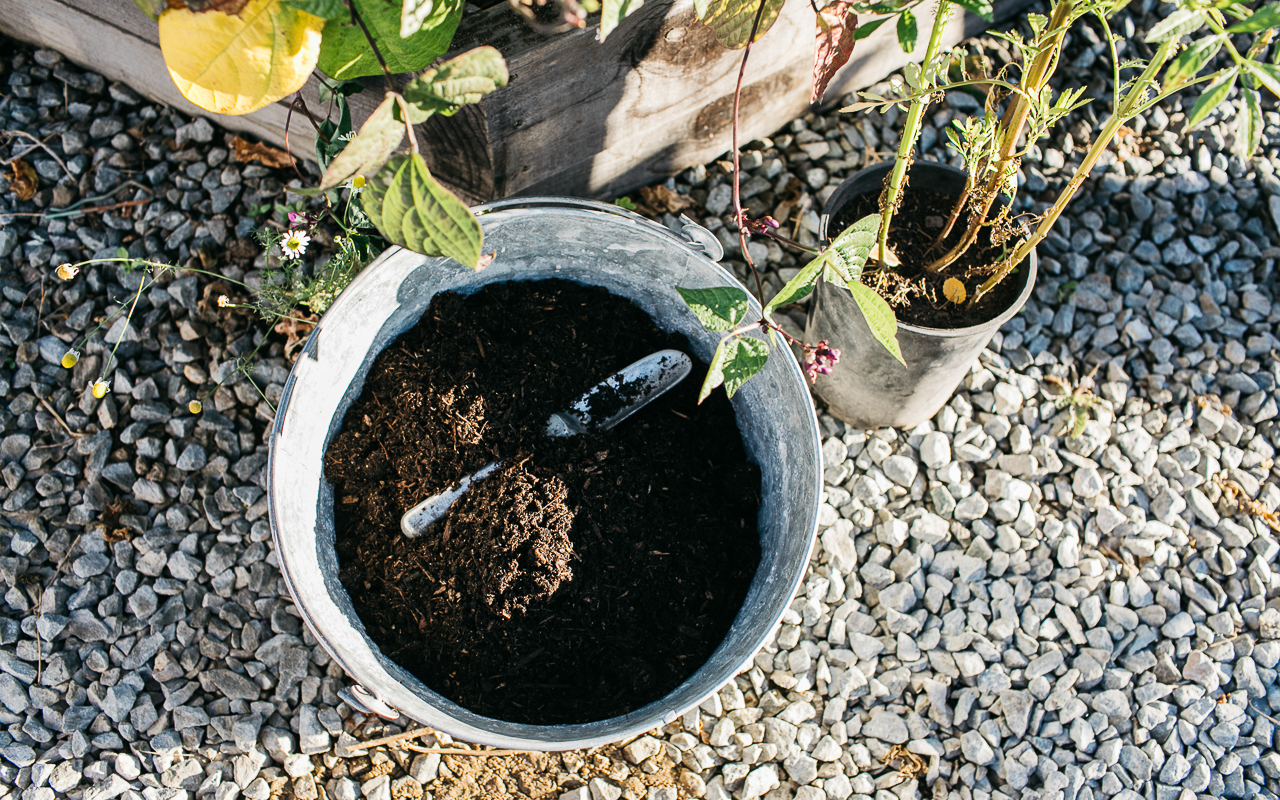
Photo courtesy of West Cliff Creative
Benefits of Feeding the Soil with Carbon-Based Materials (such as compost)
- Foster soil biodiversity which in turn fosters biodiversity above ground
- Increase water holding capacity of soil
- Decrease erosion
- Improve resilience when faced with severe weather events
- Better tasting, more nutritious food
- Decrease duration and frequency of watering
- Increased opportunity to store carbon in soil and at greater depths with the help of deep rooting perennials
- Healthier, climate-resilient plants
- Healthier, climate-resilient communities
- Improve personal wellbeing
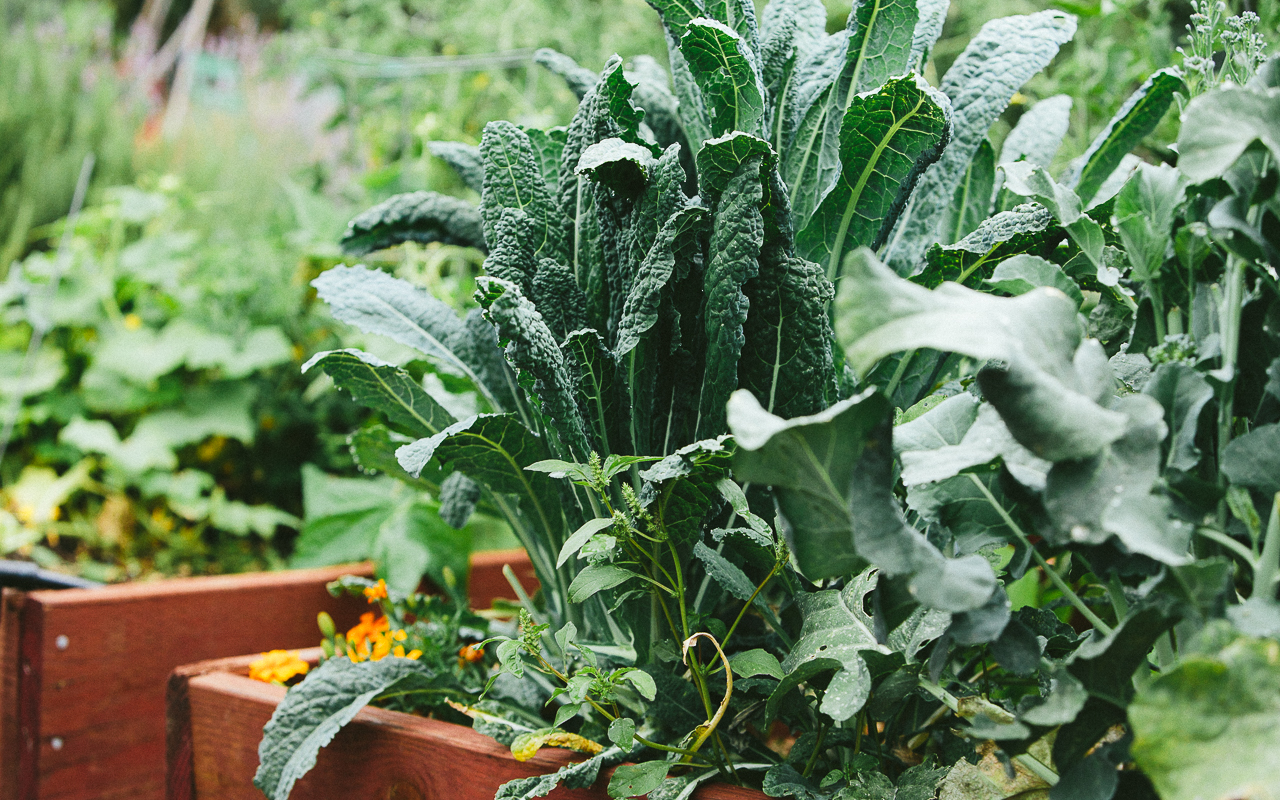
Photo by Emily Murphy
The Soil Food Web & Microbes
We often think of compost as the perfect plant food, and it is in a complex, layers of an onion sort of way. But really, compost is the perfect soil food.
To help make sense of this, consider the ingredients needed to feed a compost pile. They’re commonly referred to as “greens” and “browns.” Greens are nitrogen-rich materials such as food scraps and browns are carbon-rich materials such as leaves. A good compost pile is made with about 3 or 4 parts browns to 1 part greens. This is the basic ratio microbes need to churn away in their life cycles, metabolize food into energy, and turn raw materials into finished compost.
It’s the same in nature.
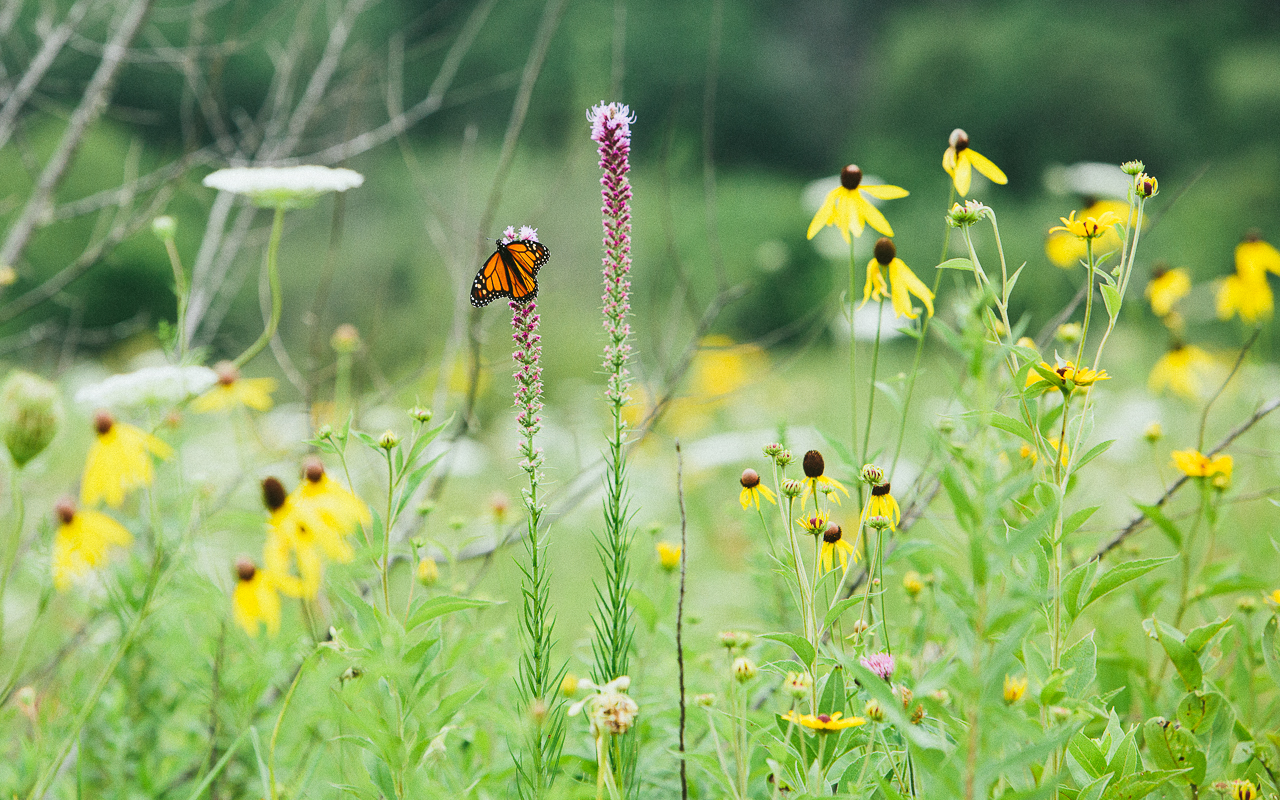
Photo by Emily Murphy
Nature Knows Best
For instance, in nature, tree leaves, twigs, and other plant materials fall to the ground. Animals eat, poop, roam arund, and eventually die. Collectively these activities and materials feed the soil ecosystem. And, in turn, these activities feed plant life and, life above ground. It’s a wonderful complex, yet simple, cycle.
So, with regenerative gardening, we’re simply doing our best to mimic nature and feed our gardens and landscapes the same way nature would if given the chance.
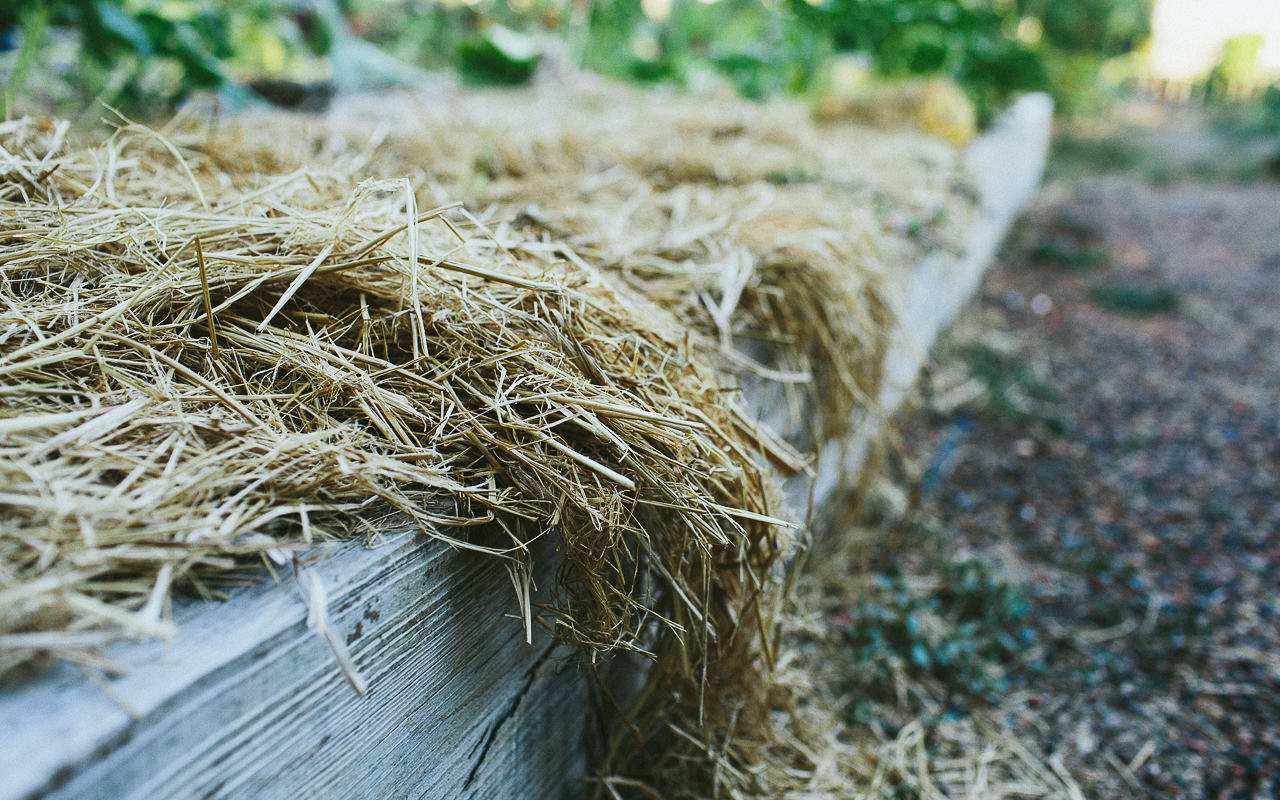
Photo by Emily Murphy
Regenerative Gardening Techniques
Cover Ground. Apply compost and other carbon-rich materials to the soil surface to protect and feed it. Because, remember, there’s a whole world beneath our feet. Think of it as an underground superhighway filled with bacteria, fungi, all sorts of other creatures plus plant roots. When we feed the soil, we’re feeding this system.
Practice no dig gardening. No dig gardening is a framework for disturbing the soil as little as possible and for protecting the underground superhighway.
Learn more about No Dig Gardening.
Keep living roots in the ground. As you know, plants capture solar energy and convert it into carbohydrates that are the food of life. From here, they create a myriad of phytonutrients essential for growth and survival. They also send some of these sugars and phytonutrients down into the soil via their root systems to barter with soil microbes for hard to find moisture and soil nutrients. When we maintain living roots in the ground by growing ground covers, cover crops, and perennials with different rooting depths, we’re maintaining this relationship. And, as it turns out, this relationship is key to not only returning carbon to soil, but storing it there as well.
(Look for my next book, releasing in early 2022, for more details on how this works.)
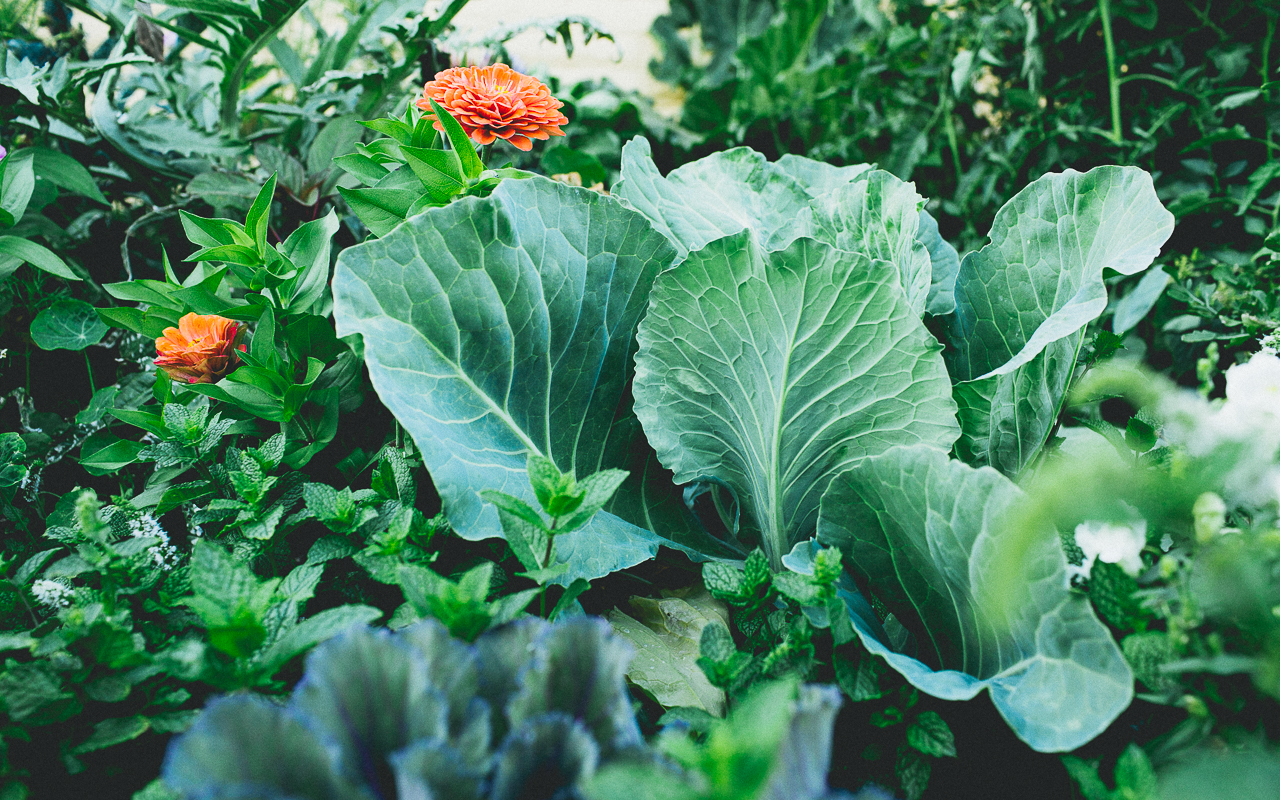
Photo by Emily Murphy
Grow a diversity of plants. Plants have co-evolved with animals and microbes from the beginning and each have unique and often highly specialized relationships. When we grow a diversity of plants, we inherently invite and foster biodiversity which leads to the resiliency of ecosystems.
Plant natives. Plants native to your region are the life support systems of animals such as essential pollinators that are, again, native to your region.
Don’t forget perennials. While many kitchen vegetables are annuals, it’s important to create space for perennials. Consider adding a perennial border comprised of plants of varying sizes and heights (because the root systems of plants are often a reflection of growth above ground). Or, swap your lawn for a perennial garden that’s filled with 50% or more native plants.
Grow organic. Pesticides, herbicides, and synthetic fertilizers kill indiscriminately and compromise biodiversity. So, the trick to managing issues such as a rush of aphids or cabbage worms, is to foster soil, grow a diversity of plants, companion plant, and rely on barriers.
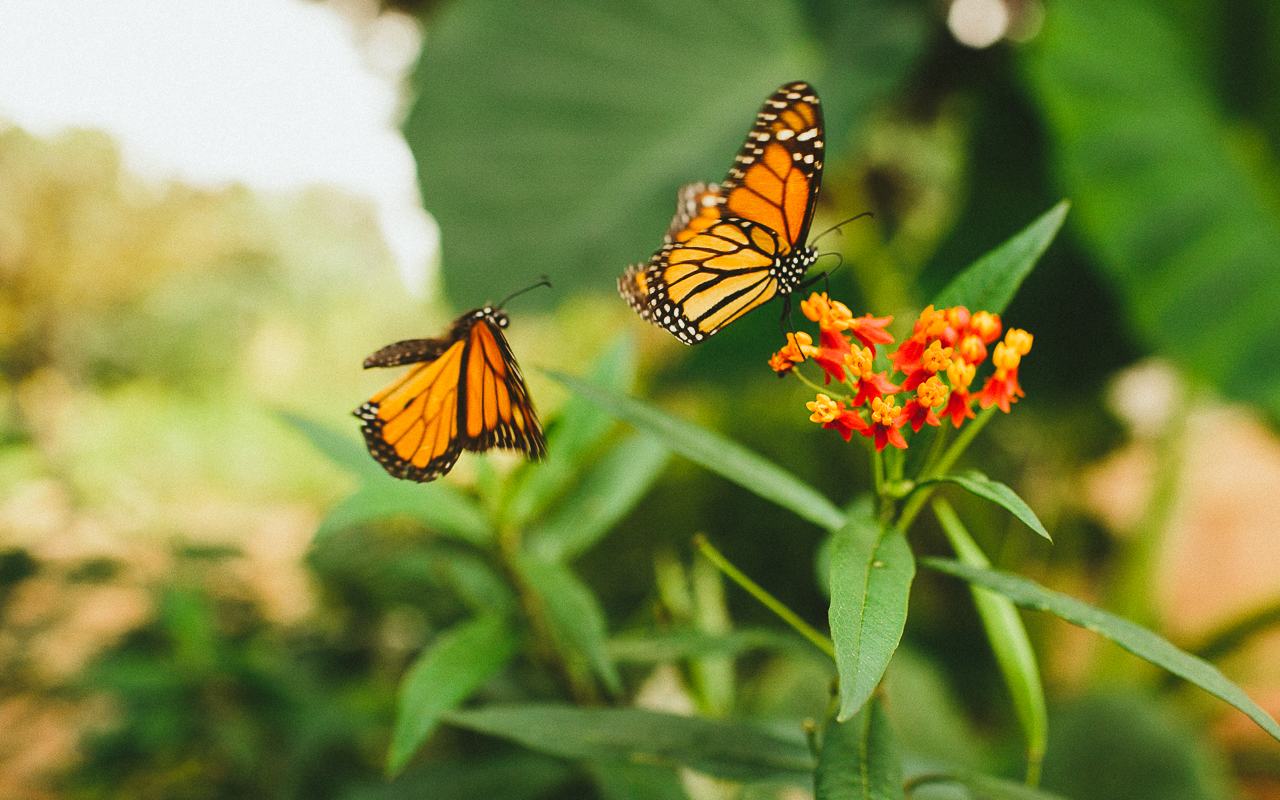
Photo by Emily Murphy
Regenerative Gardening Asks Us to Go Beyond Organic
What’s important to note is that, while regenerative organics is the hot topic in the sustainability world, it asks us to think beyond sustainable.
When we employ the principles of regenerative organics in farms, gardens, and cityscapes, we’re empowered with the potential to return carbon to soil and improve conditions for nature to rebound and do what it does best — grow!
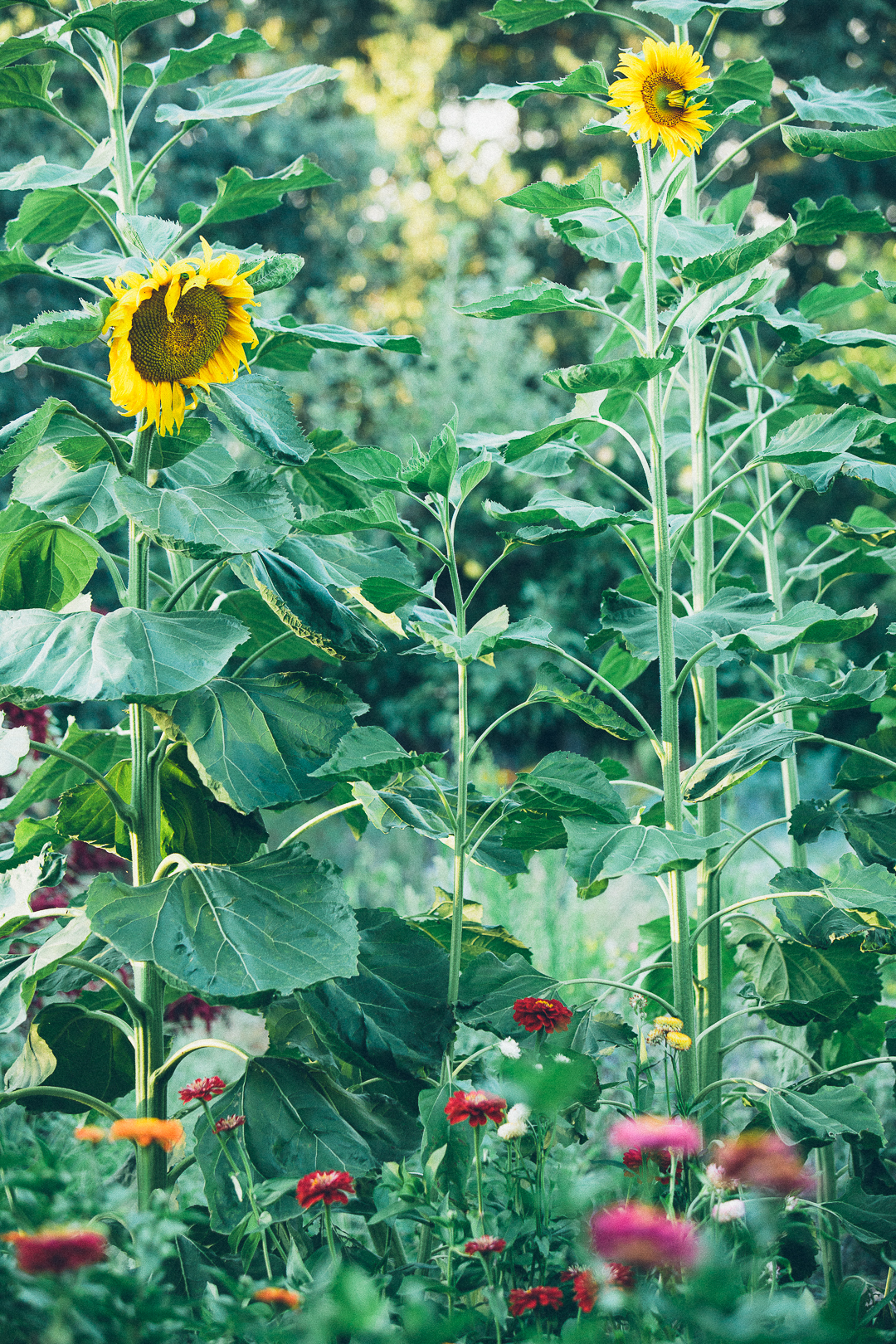
Photo by Emily Murphy
Other articles you might enjoy:
Bee-friendly Plants for Your Garden
5 Reasons to Shrink Your Lawn and Mow Less
Listen
Buy The Book
Special offers
Newsletter Signup
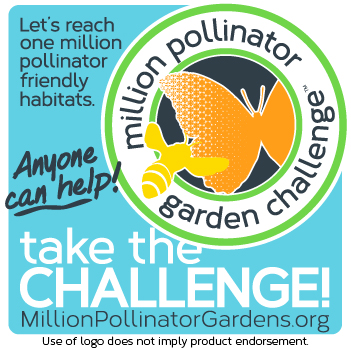
Archives
Disclosure
Pass The Pistil is a participant in the Amazon Services LLC Associates Program and other affiliate programs such as Etsy, affiliate advertising programs designed to provide a means for sites to earn fees by advertising and linking to curated affiliate sites.

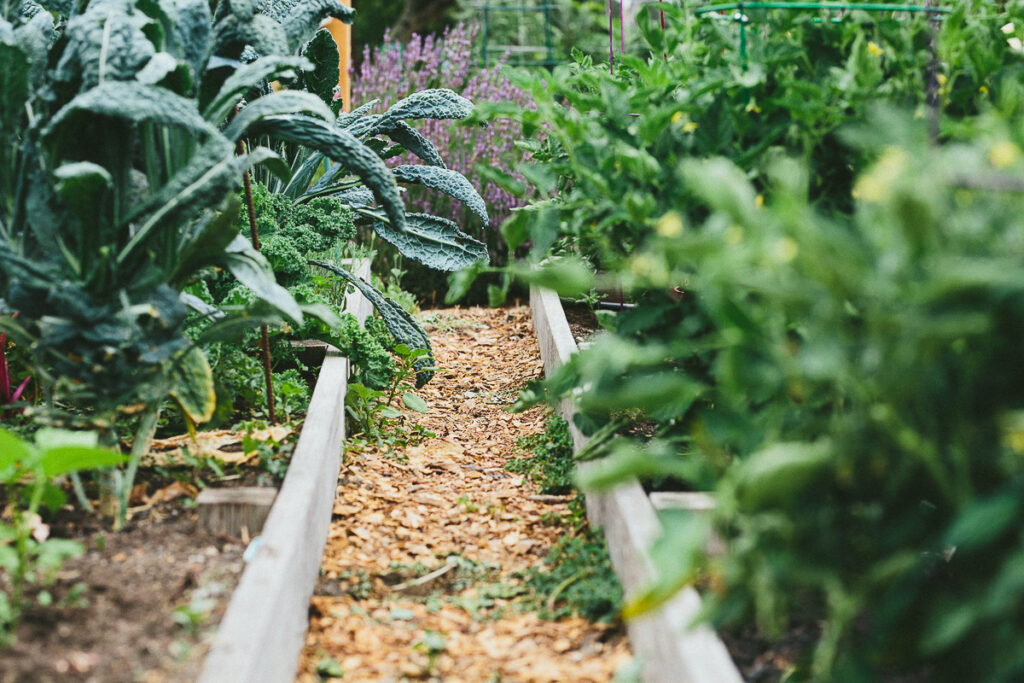
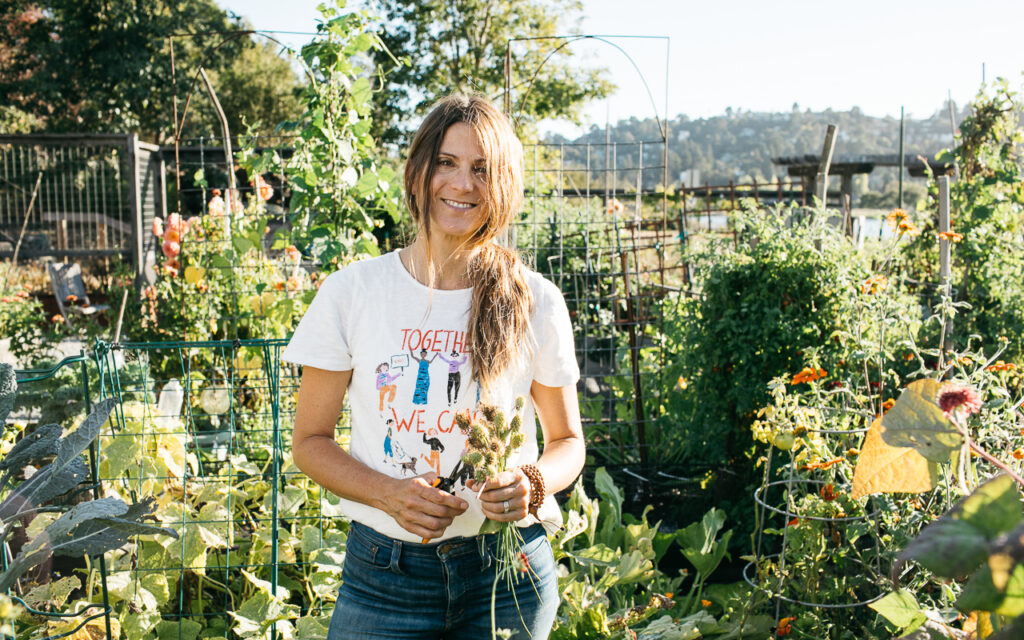






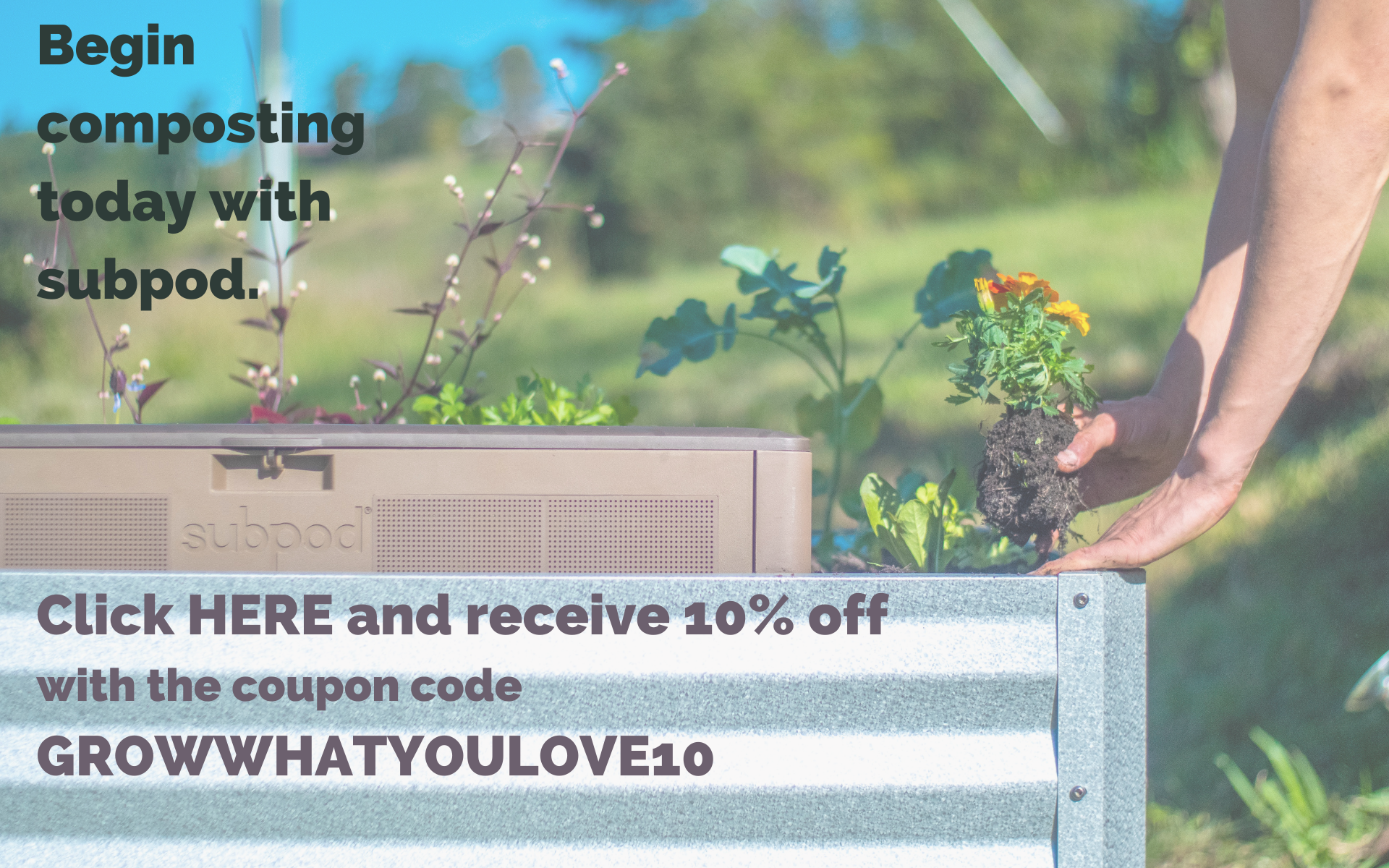
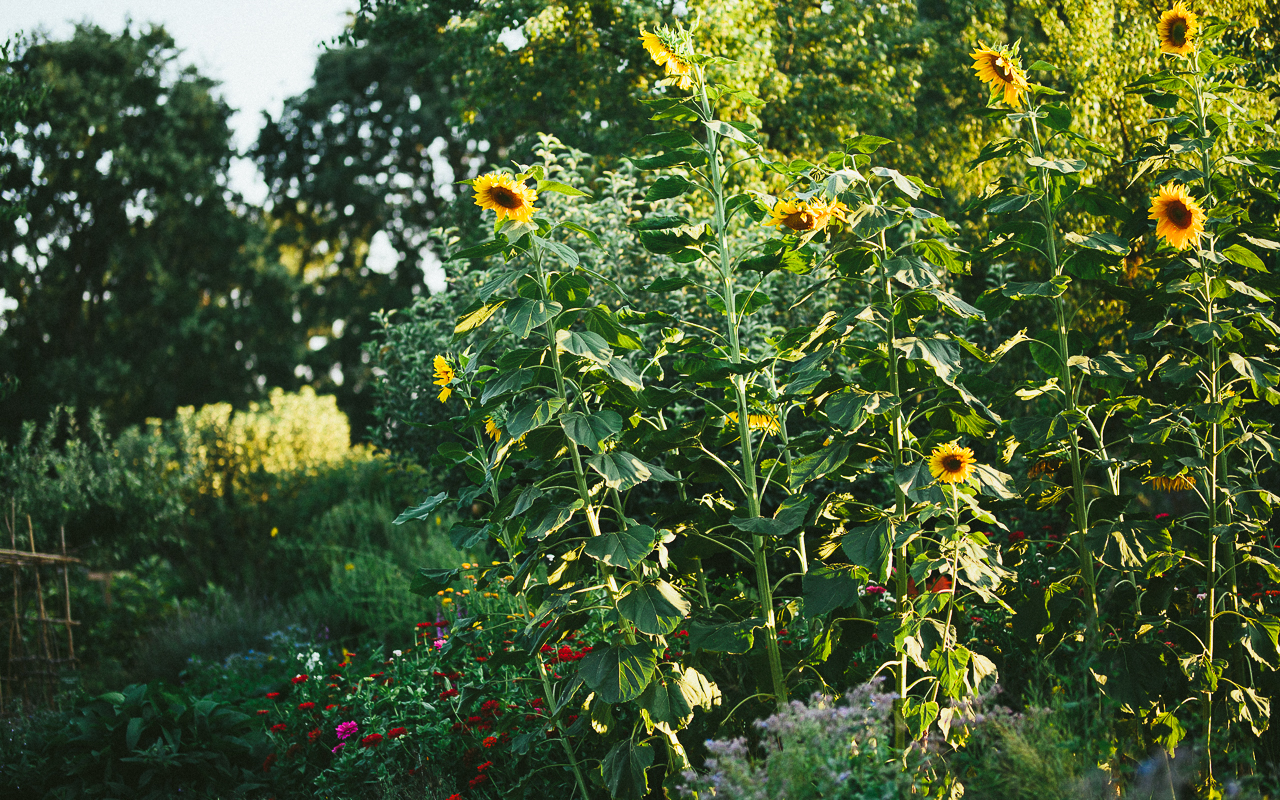
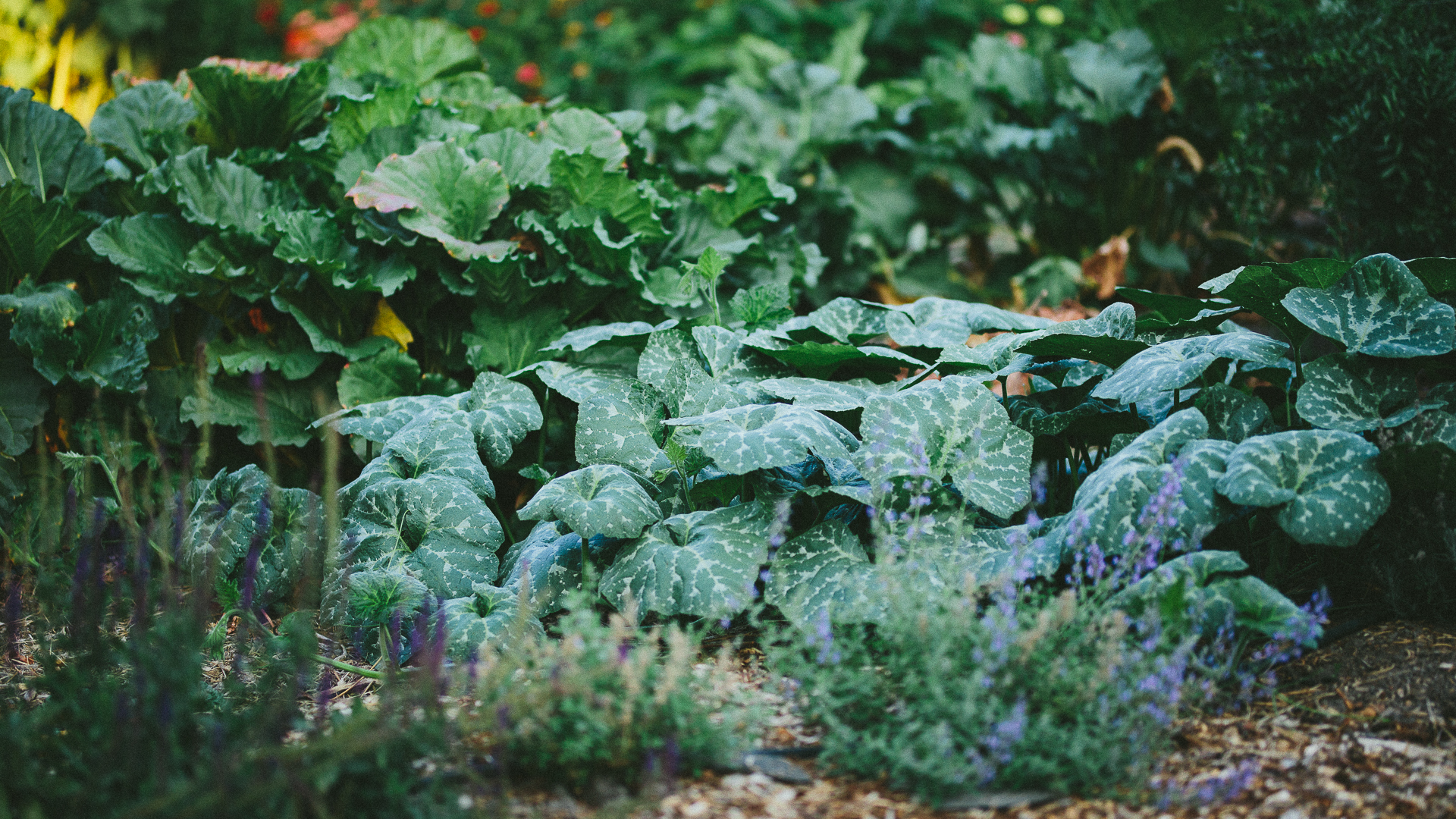
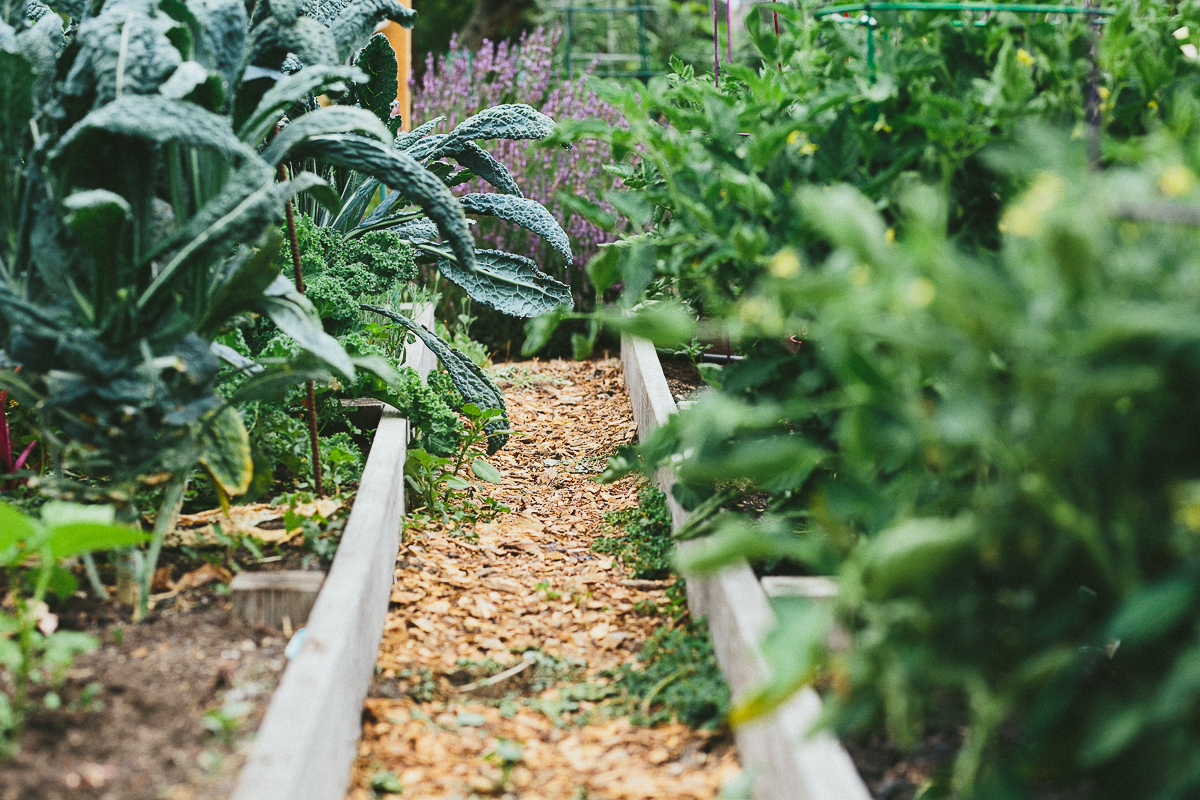
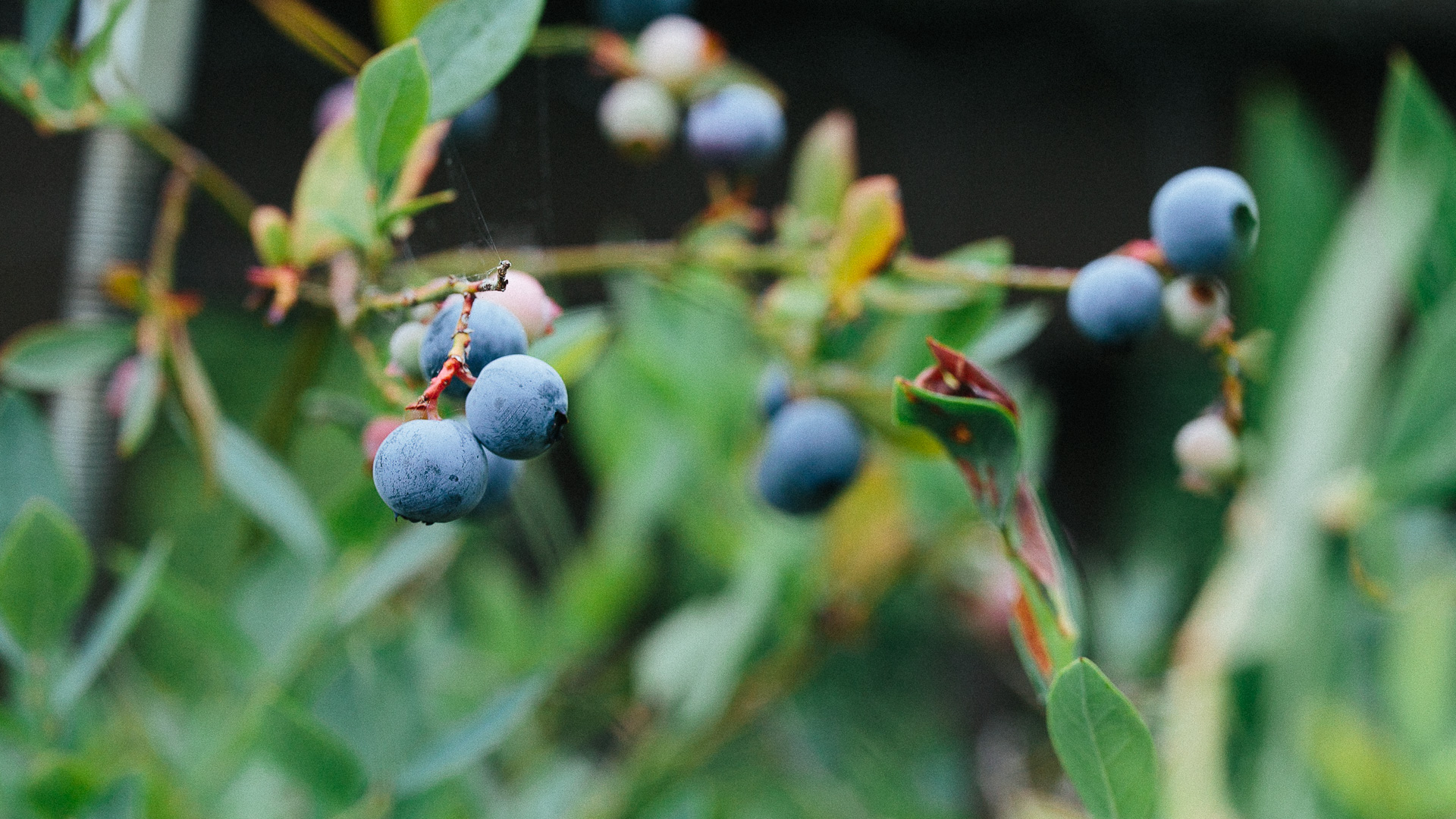
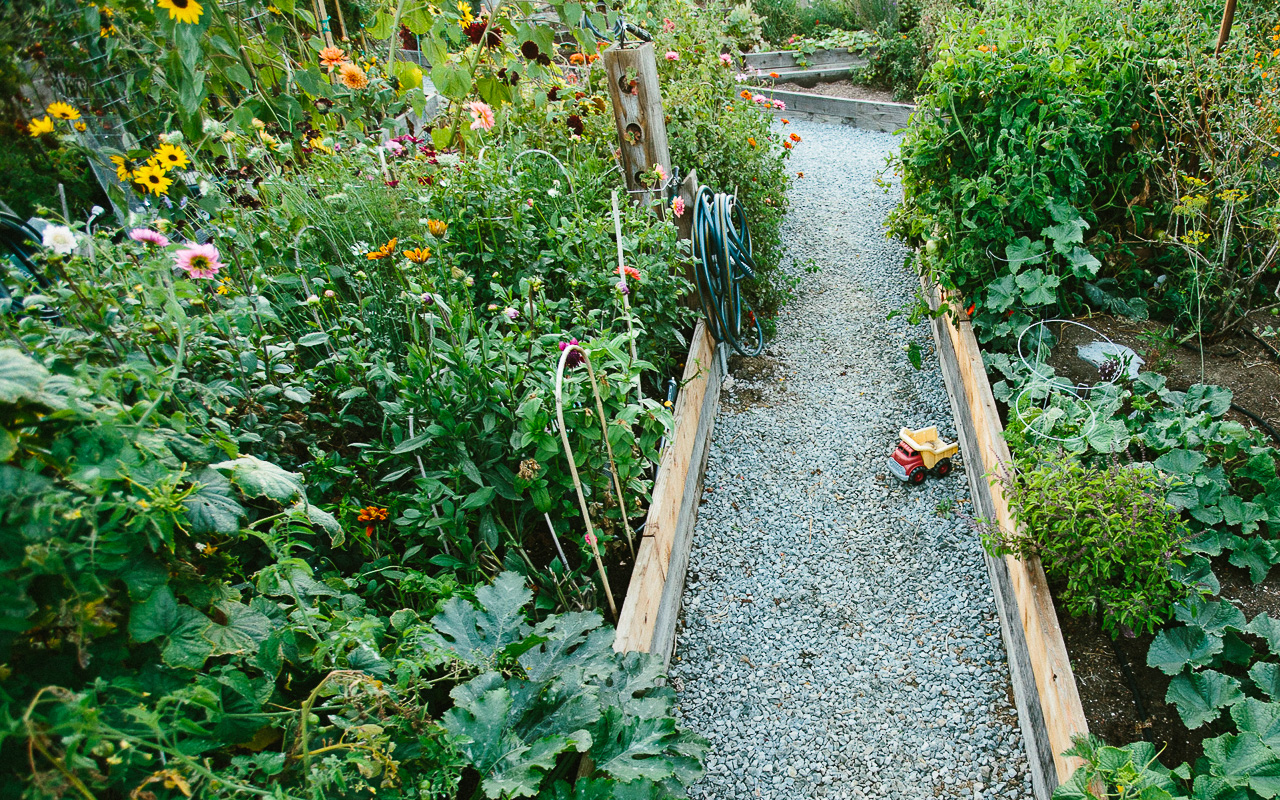
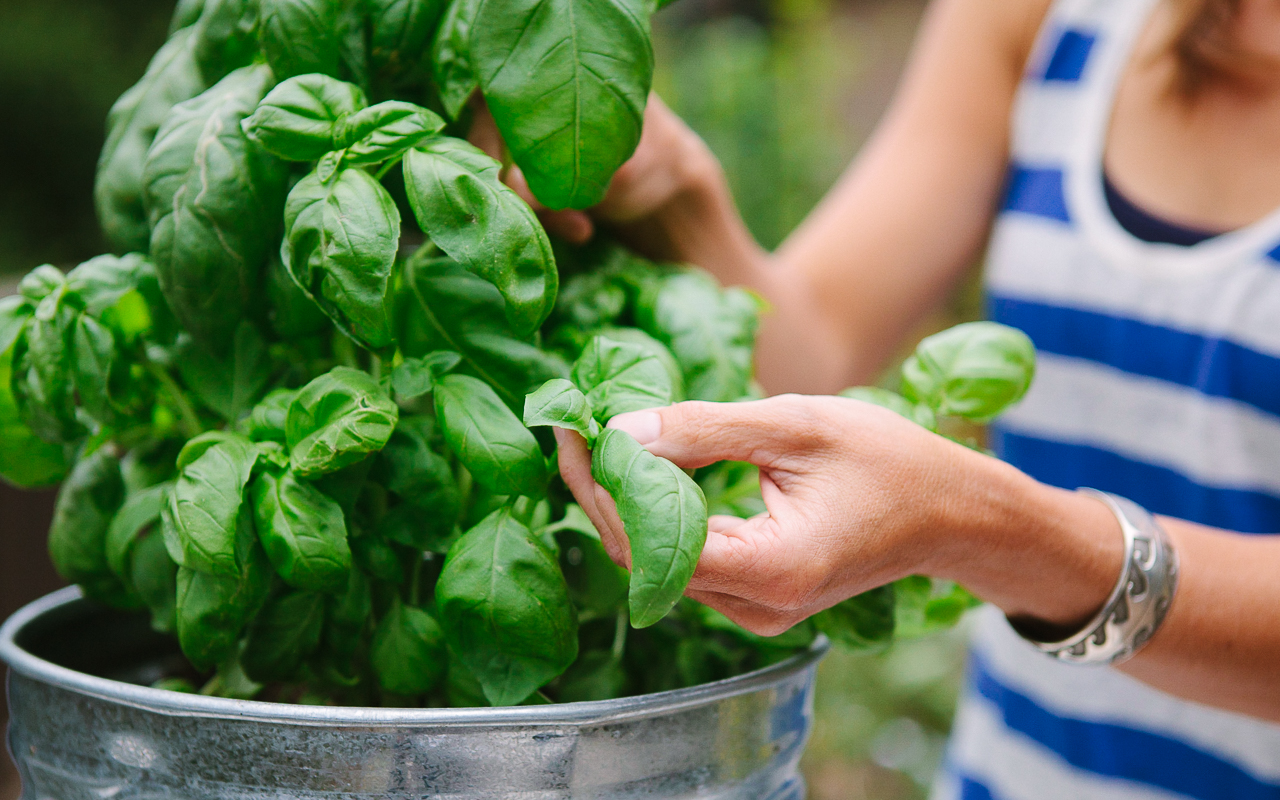
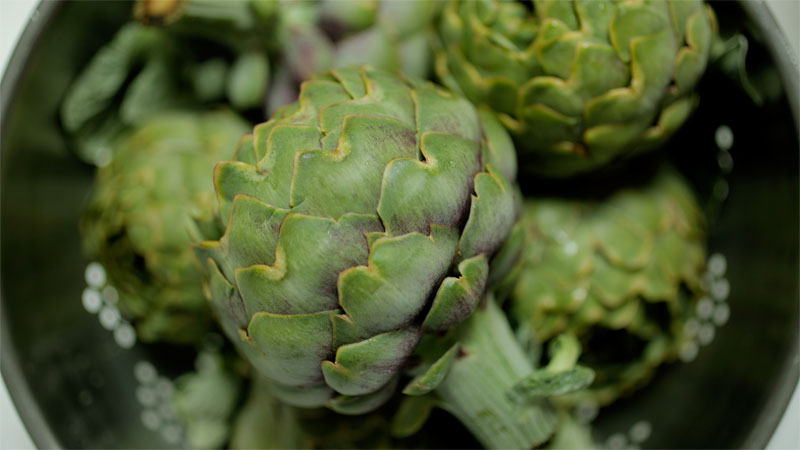

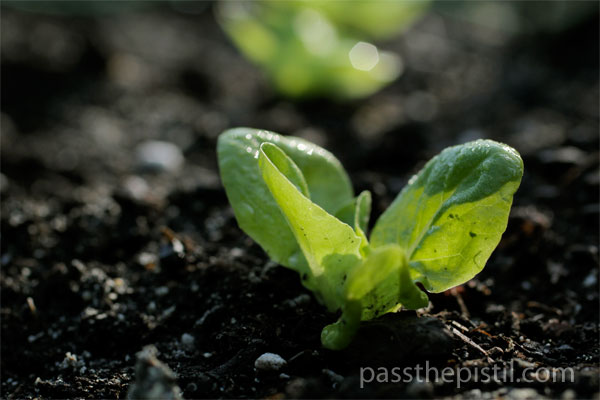
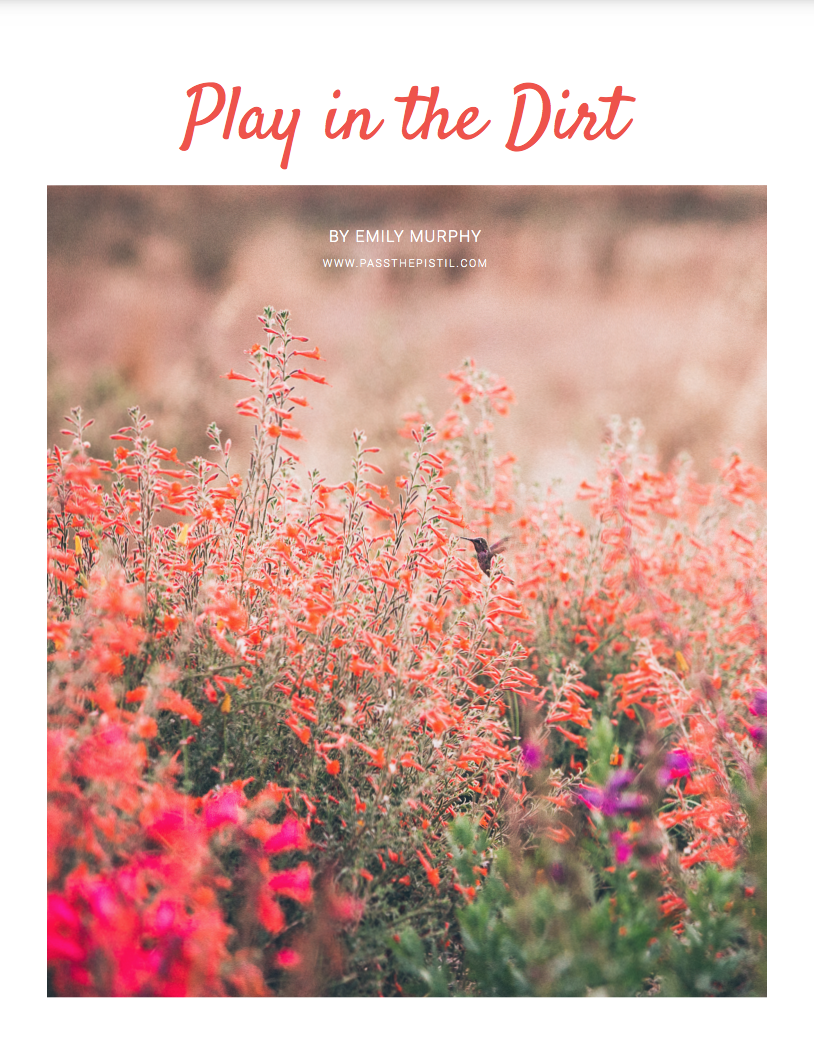

I enjoyed reading about regenerative gardening, this is something that I have never heard of before and I am looking forward to learning more about. This is my second year of gardening and I am enjoying learning everything that I can. I have 2 raised bed gardens and implementing new ideas and ways of doing things has been my greatest pleasure, thank you for your introduction about regenerative gardening.
Hi Lennie, thanks so much for writing and for your comments regarding regenerative gardening. It sounds like you’re off to a great start with your garden — learning as you go is one of the most rewarding parts of the growing process. My next book, GROW NOW, will be available for pre-order soon. It’s primary focus is regenerative gardening, and how we can cultivate resilient communities and mitigate the climate crisis and biodiversity loss through the simple act of growing. I hope you find it and that it helps you on your journey. :)
What wonderful information, because I have gardened for the last 40 years, operated a Garden center and large formal Venue garden and write weekly garden notes for publication all of this information is known and mostly practiced in my own gardening and our local School garden. I have always followed what nature is teaching me have taken it for granted at times that everyone will know to follow natures guidelines. I learn something new every day in gardening so was delighted to read this well thought out and delivered article telling it how it is.